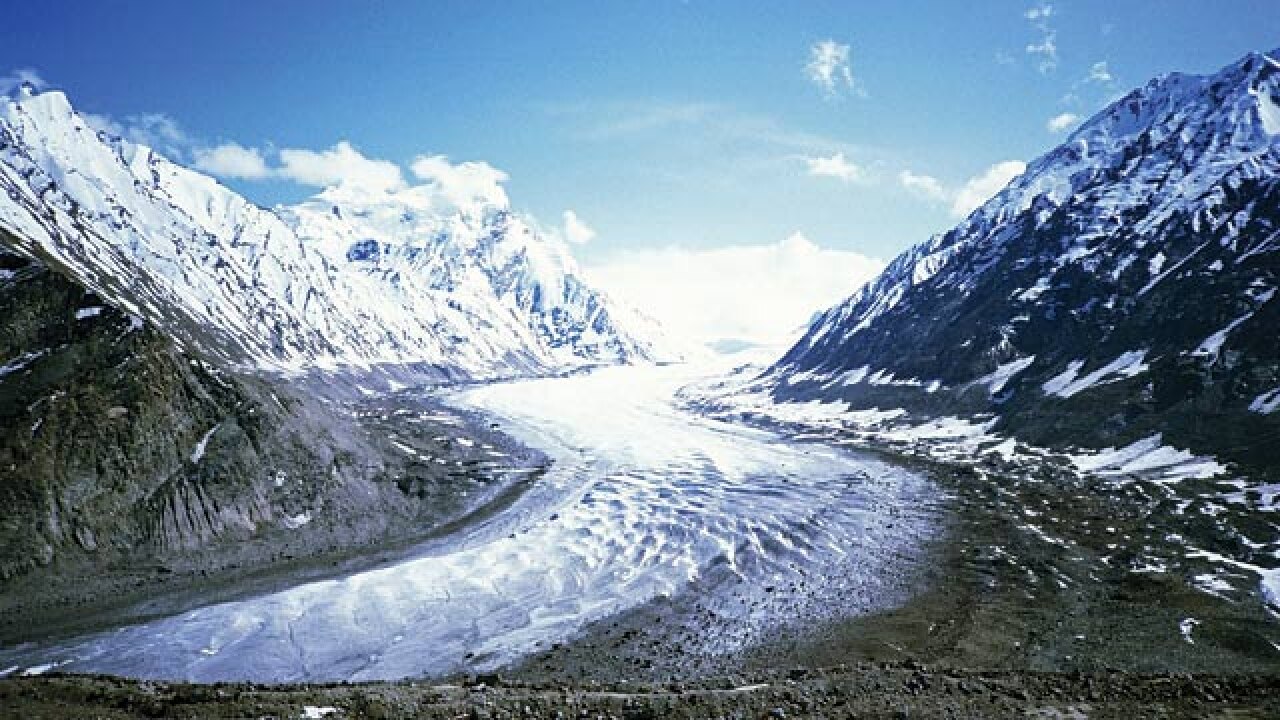
Even as the political dialogue between India and Pakistan takes time to get back on the rails, the resumption of water talks at the level of Indus Commissioners later this month is a welcome development. India had put the talks on hold after last September’s terrorist attack on the Uri Army base in Jammu and Kashmir. “Blood and water cannot flow together,” Prime Minister Narendra Modi declared soon after the attack that killed 19 soldiers. He also ordered officials to explore India’s options to put pressure on Islamabad within the framework of the World Bank-brokered Indus Water Treaty (IWT) on sharing the waters of six rivers. Under the IWT, India has control over three eastern rivers -- Beas, Ravi and Sutlej -- all flowing from Punjab whereas Pakistan controls the western rivers, Indus, Chenab and Jhelum that flow from Jammu and Kashmir. India can also use them for irrigation purposes and is allowed to build run–of–-river projects on them.
Over the past few years, the water issues between the two countries have taken dangerous overtones. It is believed that Pakistan’s annual water availability will plunge to 800 cubic metres per person by 2020 against the current 1,200 cubic metres per person. Just 60 years ago, 5,000 cubic metres of water was available to a Pakistani citizen. Since the signing of the treaty, water bodies in Kashmir that feed this Indus system have receded to dangerous levels. A horrifying example of this is the pitiable condition of the Bari Nambal in Srinagar and Hokersar, Haigam, Shallabugh and Mirgund satellite wetlands of Wullar Lake in North Kashmir. There is not a single water stream in Kashmir today which has not exprienced water depletion. A study sponsored by Action Aid some years ago found that the water level in almost all the streams and rivers having decreased by about one-third, in some cases even by half, during the past 40 years. It is the water flow in the small streams and tributaries that finally determine the overall water availability to three major rivers.
Further, the Himalyan glaciers are melting and receding faster than in any part of the world. Almost 15,000 Himalayan glaciers form a unique reservoir which supports perennial rivers. Out of this, 3,136 glaciers are in the mountain belt of Jammu and Kashmir. While the Uttrakhand government of BC Khanduri valiantly took tough measures to restrict tourist and pilgrim traffic to save the Gangetic glaciers, there is no such effort to save the source of water to the Indus and Jhelum. Most countries have regulated tourist inflows into their mountainous regions. India’s National Environment Policy itself calls for measures “to regulate tourist inflows into mountainous regions to ensure that they remain within the carrying capacity of the mountain ecology.” In the Sindh valley, the Najwan Akal glacier has disappeared while the surviving trio – Thajwas, Zojila and Naranag – have shrunk considerably. Similarly the Afarwat glacier near Gulmarg does not exist now, though once it happened to be 400 metres long.
For over 30 years, India and Pakistan have been locked horns on the Wullar Barrage or Tulbul Navigation project. Unfortunately, they have ignored the basic health of the Wullar lake, the main source of water to the river Jhelum, which is the lifeline for the Punjab and Sindh plains. Experts believe that the lake has already reached a dangerous stage that stimulates the growth of aquatic plants resulting in the depletion of dissolved oxygen. The situation on the ground could be even more dire. Terrorism may be the biggest threat devouring innocent lives in the region. However, an environmental catastrophe affects generations and costs more lives than any other calamity. Therefore, it is surprising that these issues have not received much attention. It is imperative for both India and Pakistan to evolve a cooperative mechanism beyond the Indus Waters Treaty (IWT) to save the sources of water.
One cannot expect the Indian exchequer to invest on protecting resources that do not directly benefit it. SAARC’s mandate should also be expanded to include greater cooperation and spending on environmental issues.
Security can no longer be confined to national security threats or international relations alone. Environmental changes are now being considered as security threats. It is time, therefore, for both India and Pakistan to redefine their strategies and attend to this issue which, if not addressed, will have a devastating impact on the lives and wellbeing of their people.
The author is Editor (Strategic Affairs), DNA.